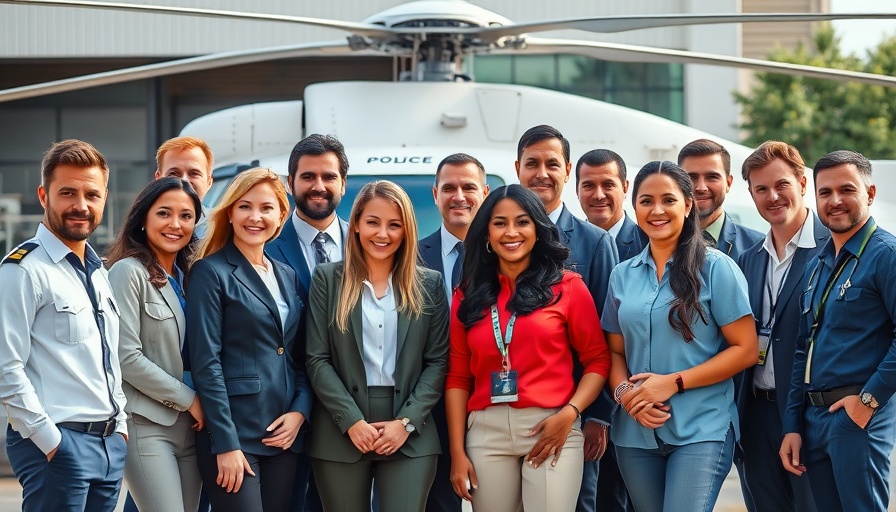
Understanding the Critical Link: Physical Fitness and Use of Force
The connection between physical fitness and the use of force in policing cannot be overstated. Adequate physical preparedness not only influences individual officer performance but also significantly impacts agency liability and community trust. As law enforcement professionals face dynamic situations requiring quick decision-making, maintaining a high level of fitness is essential for effective response.
The Dynamic Nature of Use of Force
In policing, the concept of force is categorized from least to most intrusive. This classification, while useful, can present challenges during high-stress encounters where immediate decisions may be imperative. The legal framework established by Graham v. Connor defines reasonable force, which may differ from public perception. This discrepancy highlights the necessity for thorough training and preparedness among officers.
The Role of Physical Fitness in Officer Performance
Research indicates a strong correlation between an officer’s physical fitness level and their performance during high-adrenaline situations. Enhanced physical capabilities can improve survivability, response times, and crucially, decision-making processes. With the Dynamic Resistance Response Model mandated by the Texas Commission on Law Enforcement, officers are equipped with a deeper understanding of how to gauge and respond to individual behaviors effectively.
Implications for Agency Policy and Training
Police agencies are urged to prioritize physical fitness as a vital component of officer training. Incorporating regular fitness assessments and tailored training regimens can fortify an agency's capacity to respond adequately to force situations, thereby reducing potential injuries to officers and civilians alike. Implementing comprehensive wellness programs that promote both physical and mental fitness is crucial in this regard.
Community Trust and Public Perception
In light of rising scrutiny on police use of force, maintaining community trust is more critical than ever. Physical fitness doesn't just enhance individual officer capability; it can serve as a testament to the agency's commitment to responsible and accountable policing practices. Officers who embody physical readiness may project a stronger sense of control and professionalism during encounters, affecting how the public perceives their actions.
Future Considerations: The Evolving Role of Fitness in Policing
With technology and training methodologies continuously evolving, the emphasis on physical fitness within policing will likely require adaptation. Agencies must stay ahead of emerging trends and cultivate a culture that supports ongoing fitness education, improved wellness initiatives, and community engagement. Such efforts will not only enhance readiness but also ensure law enforcement agencies maintain their integrity and effectively serve their communities.
As law enforcement professionals confront the multifaceted challenges of modern policing, the integration of physical fitness into their training regimens will be pivotal. A collective commitment to enhancing officer fitness can bridge the gap between public perception and the realities of policing, ultimately fostering a safer environment for both officers and the communities they serve.
 Add Row
Add Row  Add
Add 

 Add Element
Add Element 




Write A Comment